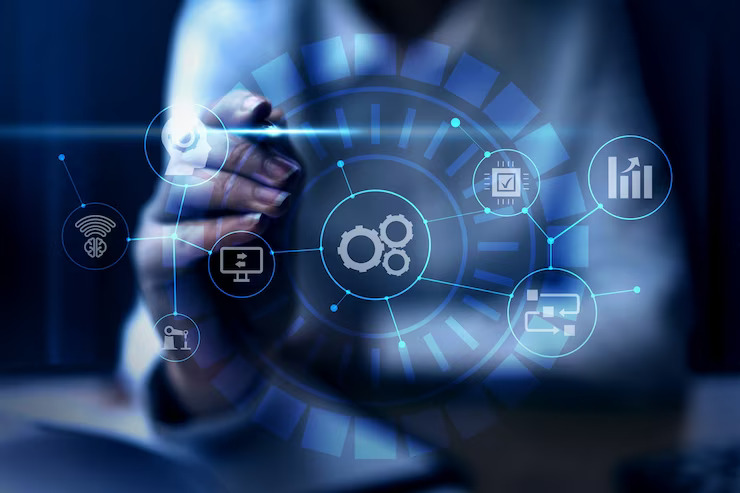Education technology has evolved considerably over the past decade and has seen multiple shifts in order to provide a great online learning experience to learners and ease of facilitation for the educators / administrators. We have been witnessing a shift from traditional desktop / laptop based learning to learning on mobile devices made possible because of the advanced development infrastructure and authoring platforms. While the technology has evolved that has helped the facilitators to provide learning on the go, so have the learning interventions. Learning pedagogies such as microlearning, content gamification, AR/VR (augmented and virtual reality) and adaptive paths, have been seeing high adoption rate due to its extremely popular and effectiveness in meeting the learning objectives.
With advanced learning techniques being used to capture learner attention, it is still imperative that educators, and authors provide the learners with what they need based on their roles and growth requirements. While organizational learning is high on the agenda for every institution, there are certain challenges every company faces when it comes to providing personalized and hands-on learning given the constraints towards availability of time and resources both from the side of learners and developers. To overcome these challenges, adaptive learning was seen to be the perfect counter due to its ability to personalize content from the get go which allowed trainers to meet the diverse needs of learners without investing too much time on curating the content or setting up advanced infrastructure.
Adaptive learning is an innovative educational approach or pedagogy that makes use of technology to develop customized learning paths for the learners based on their learning requirements. It curates the learning path based on learners’ requirements, preferences, role, growth needs, and maturity level, enabling them to learn at their own pace and in the manner of their choice. Adaptive learning systems use artificial intelligence (AI) algorithms to assess learner data and deliver timely feedback, direction, and pertinent information that is in line with each of their strengths, limitations, and learning goals. Adaptive learning is built around the concept of providing individualized learning experience for each user by having them integrated in the decision process. The system reacts to user choices and needs, and then curates the best possible learning path to help learners meet their objectives.
Here are some benefits why organizations should look into pivoting to an adaptive learning infrastructure.
Customized learning paths
Adaptive learning recognizes that every learner is unique and learns in their own unique way. By offering personalized learning paths and content, it accommodates diverse learning styles and preferences, enabling learners to engage with the content in a manner that suits them best. This personalized learning path fosters better understanding, retention, and application of knowledge.
Personalized content
Adaptive learning identifies areas where learners struggle or excel and provides personalized content accordingly. It helps address knowledge gaps and provides additional support to learners who need it, ensuring that they grasp foundational concepts before progressing to more complex topics.
Improves engagement
Traditional one-size-fits-all teaching methods may fail to engage learners effectively, leading to disinterest and disengagement. Adaptive learning, on the other hand, promotes active participation and motivating the learners by delivering content that aligns with learners interests and abilities. It provides interactive and dynamic learning experiences through gamification, simulations, and multimedia, making the content more engaging and enjoyable.
Personalized insights
Adaptive learning systems continuously collect and analyze data on learner performance, allowing for real-time feedback and progress tracking. Learners receive immediate feedback on their strengths and weaknesses, enabling them to focus on areas that require improvement. Educators also benefit from these insights, enabling them to identify trends and provide timely interventions and support.
How your organization can harness the potential of adaptive learning
Assess organizational goals
Assess the requirements and goals of your organization before you begin. Define the specific challenges or areas in which adaptive learning could make an impact. Determine the training goals you have and how adaptive learning might help you reach them.
Identify learners
Define the group of learners who can benefit from adaptive learning. Identify the preferred methods of learning, and learning goals of this audience. With this knowledge, the adaptive approach to learning can be personalized to their individual requirements.
Choose the right adaptive learning system/ partner
Consider your organization’s needs and goals while selecting an adaptive learning platform. Consider factors like the platform’s track record for delivering personalized learning experiences, adaptability, compatibility with existing systems, security of data, and more.
Implement pilot programs
To measure the impact of adaptive learning within the company, start with pilot attempts. To implement adaptive learning, identify a set of learners for a specific course and collect opinions from learners as well as educators. Use this information to improve the adaptive method of learning.
Monitor and evaluate
Monitor learning goals and objectives to analyze the outcomes of learners’ progress. Gain insights into learner performance, participation, and engagement through analyzing the data collected by the platform. Use this data to make well informed decisions when it comes to learning path, content delivery, better user engagement and learner retention.
Challenges and future directions
Adaptive learning has a lot of potential, but it also has limitations. Factors that are essential to take into consideration include privacy issues, data security, and ensuring the ethical use of learner data. Additional research and development are required to hone algorithms, raise the caliber of content, and boost the efficiency of adaptive learning systems. To solve these issues and realize the full potential of adaptive learning, collaboration between educators, academics, and technology is essential. Partner with ASSIST Creativelab to unleash the potential of your organization’s educational process.




